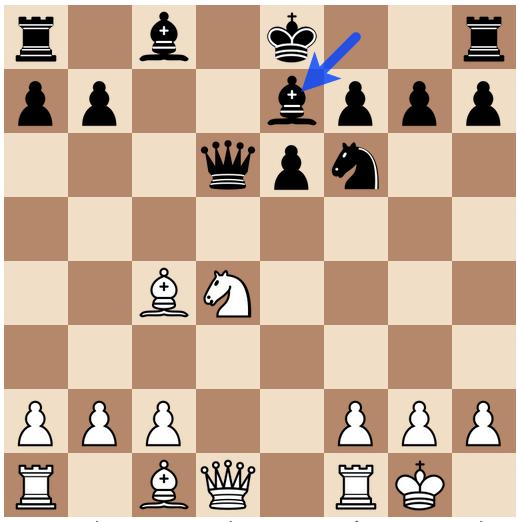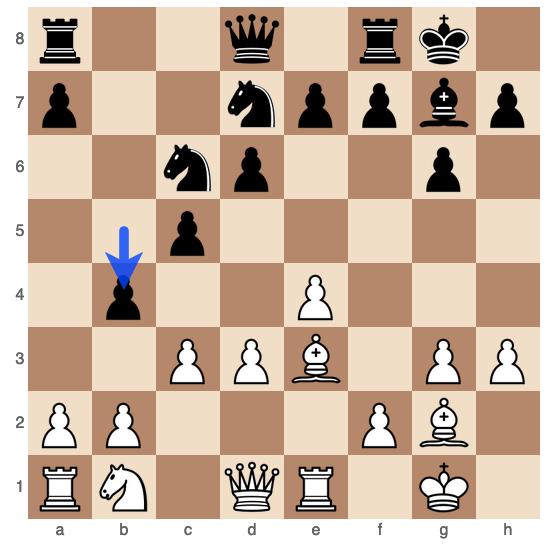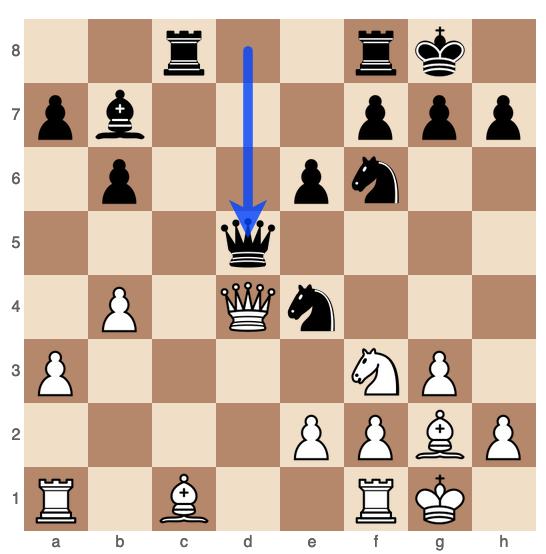In this fascinating game from the Titled Tuesday tournament, Guillermo Baches, playing Black, takes on Alex Hernandez in a complex and strategic battle arising from the French Defense, specifically the Steinitz Variation. Baches expertly navigates the complications, slowly building up pressure and eventually outmaneuvering his opponent in a long and grinding endgame.
The Opening
The game begins with the French Defense (1. e4 e6 2. d4 d5), a solid and resilient choice by Baches. Hernandez responds with the Steinitz Variation (3. Nc3 Nf6 4. e5 Nfd7), aiming to gain space in the center while kicking the knight back. This setup leads to a locked pawn structure typical of the French, where strategic maneuvering becomes key.
By move 7, both players are fully committed to their plans—White aims to advance on the kingside with 5. f4 and 7. Be3, while Baches prepares queenside counterplay with 7…Rb8 and 9…b5. The position becomes tense as both sides develop their pieces behind their pawn structures.
The Middlegame
The middlegame starts with Hernandez castling kingside (10. O-O), and Baches immediately strikes with 10…b4, initiating active play on the queenside. Baches exchanges queens on move 14 (14…Qxb5), simplifying the position and transitioning to an endgame where he believes his queenside pawn majority and piece activity will be stronger.
By move 17, the position has transformed into a classical French Defense structure, where Black has a strong pawn on b4 and a backward pawn on d4, while White’s center is slightly overextended. The critical moment comes after 20…bxc3, where Baches opens the b-file and starts to pressure White’s weak pawns. Hernandez is forced into passive defense, and Baches continues to improve his position methodically.
The Endgame
The endgame is where Baches truly shines. After the exchange of rooks on the b-file (26. Rb1 Rxb1 27. Nxb1), Baches maneuvers his knight to the queenside, targeting White’s weaknesses. Despite the material equality, Baches’ pieces are more active, and his knight on c4 dominates the board.
As the game progresses, Baches carefully advances his king into the center, a fundamental endgame principle. By move 34, Black’s pieces are fully coordinated, and White’s position is becoming increasingly difficult to hold. The decisive mistake comes on move 40 when Hernandez allows Baches to create a passed pawn on the kingside after 40…f5 and 41…Ne4.
The final phase of the game showcases Baches’ endgame technique. He steadily advances his kingside pawns, using his knight and king to outmaneuver White’s pieces. By move 53, White’s position collapses, and Baches forces resignation with a winning pawn and piece configuration.
Conclusion
This game is an excellent example of how to handle the French Defense with Black, particularly in transitioning from a complex middlegame to a winning endgame. Baches demonstrated patience, strategic understanding, and superior endgame skills to secure victory.
Key Lessons:
- In closed positions like the French Defense, piece maneuvering and understanding of pawn structures are critical.
- Simplification into a favorable endgame can be a powerful strategy when your pieces are more active, even if material is equal.
- King activity in the endgame is often decisive; bringing the king into the fight can turn a balanced position into a winning one.
“Chess is a game of small advantages; accumulating them patiently often leads to victory.” This game is a perfect illustration of how consistent pressure and strategic endgame play can lead to a successful outcome.






